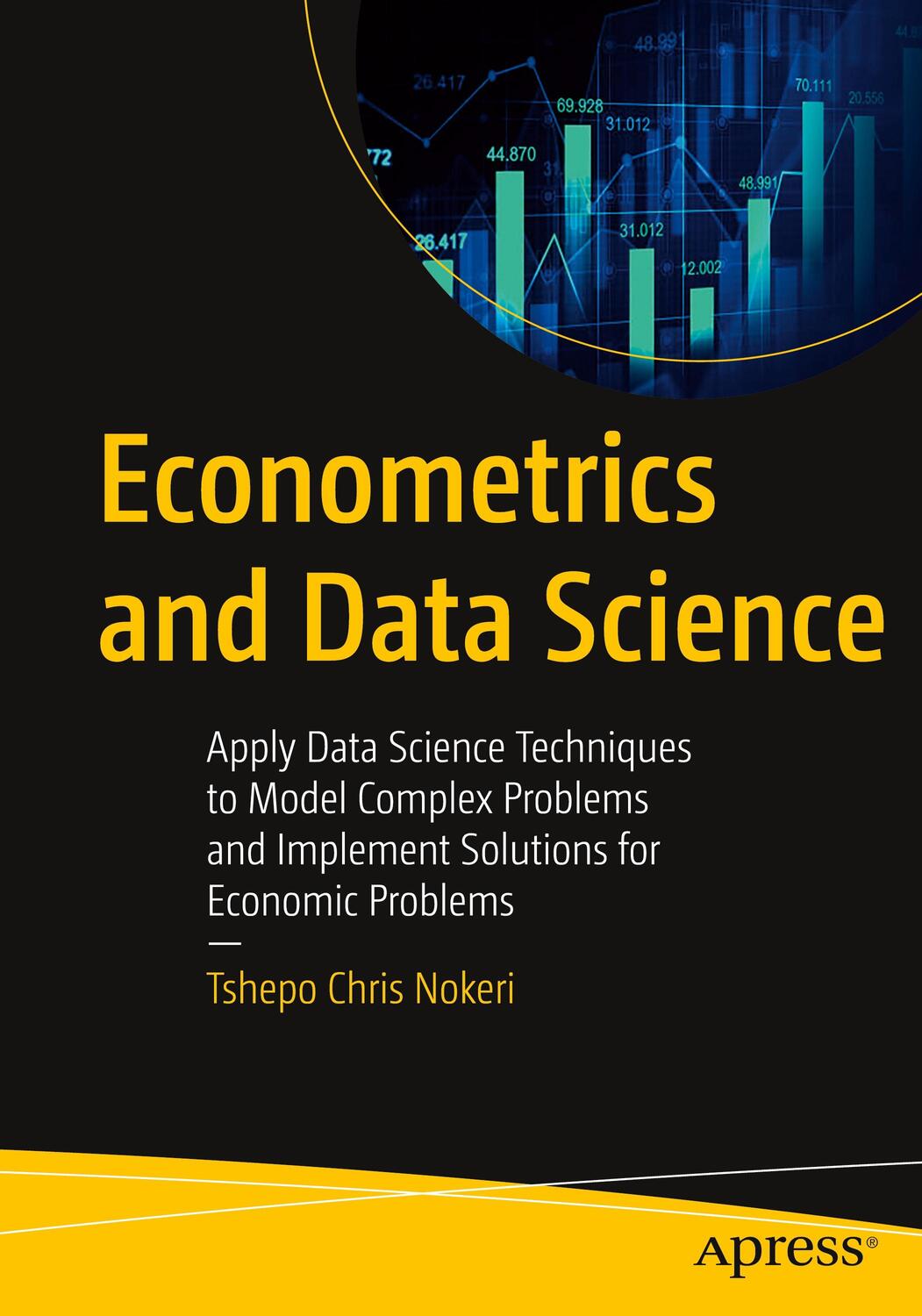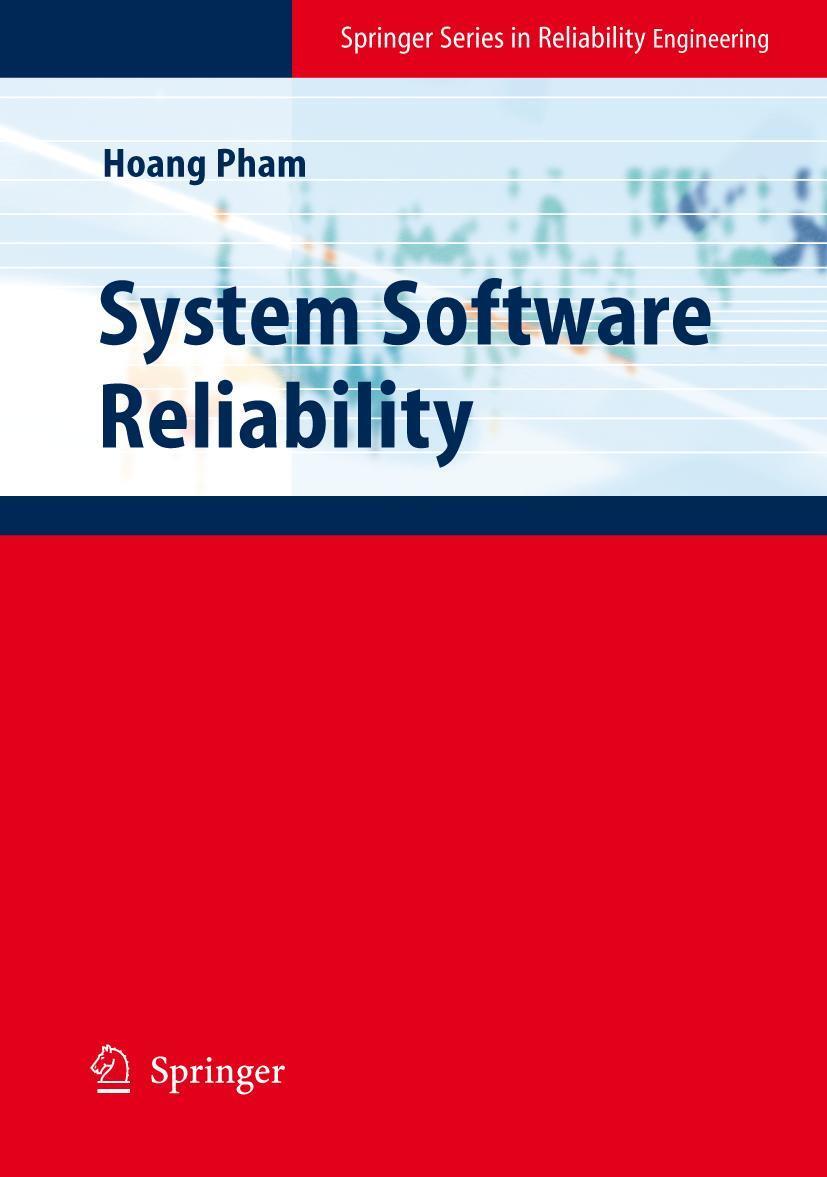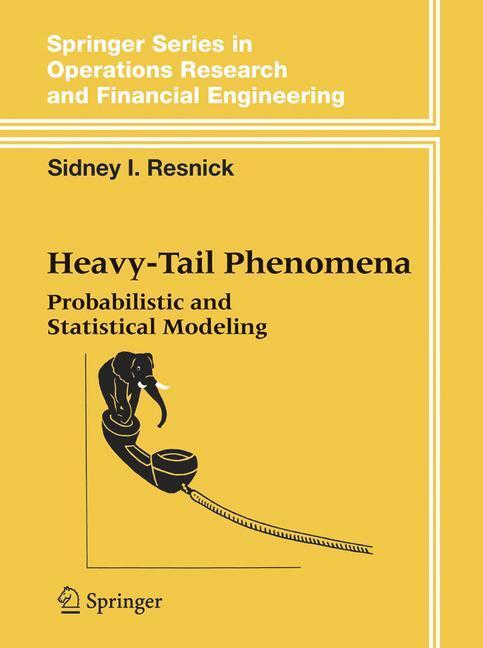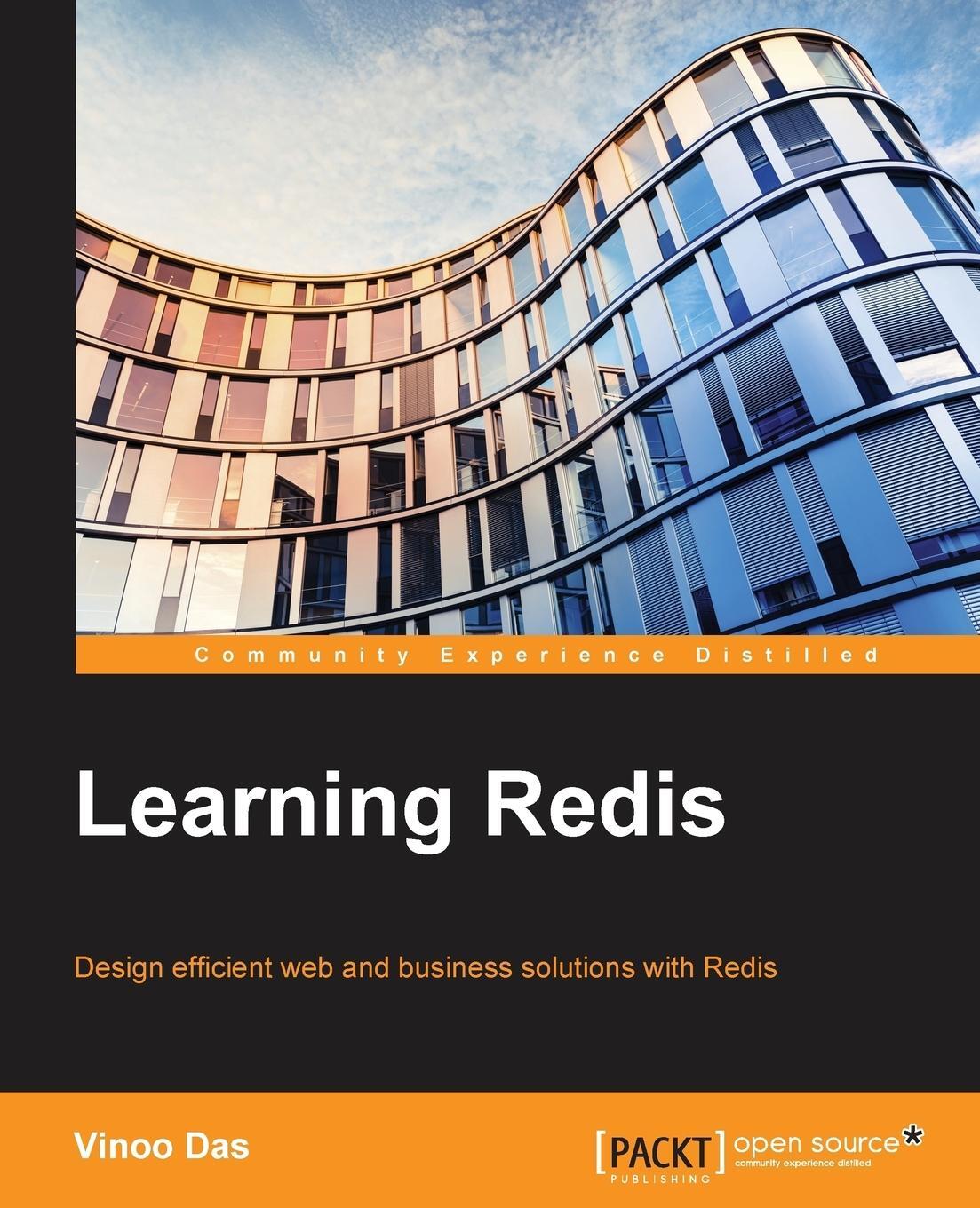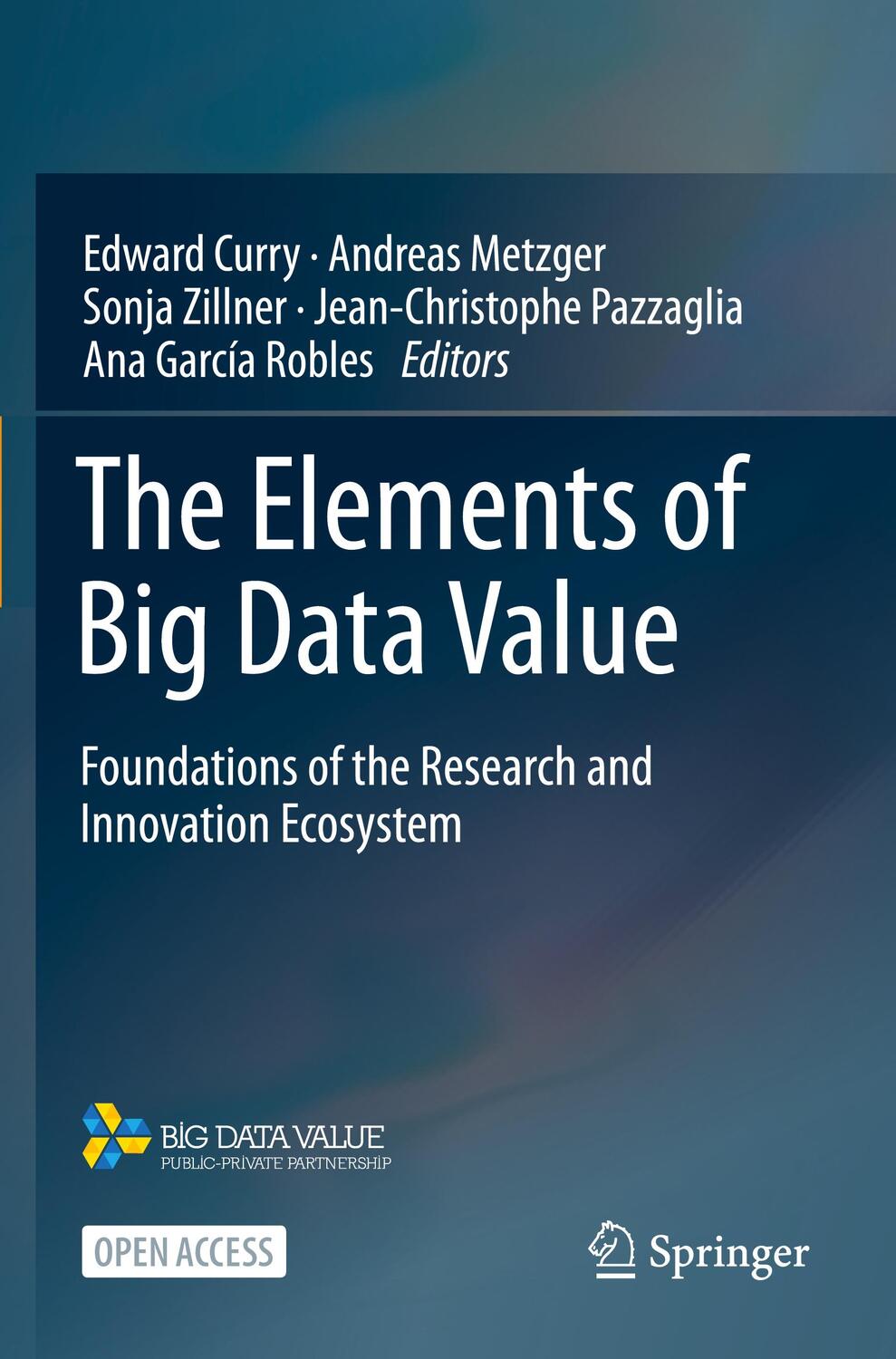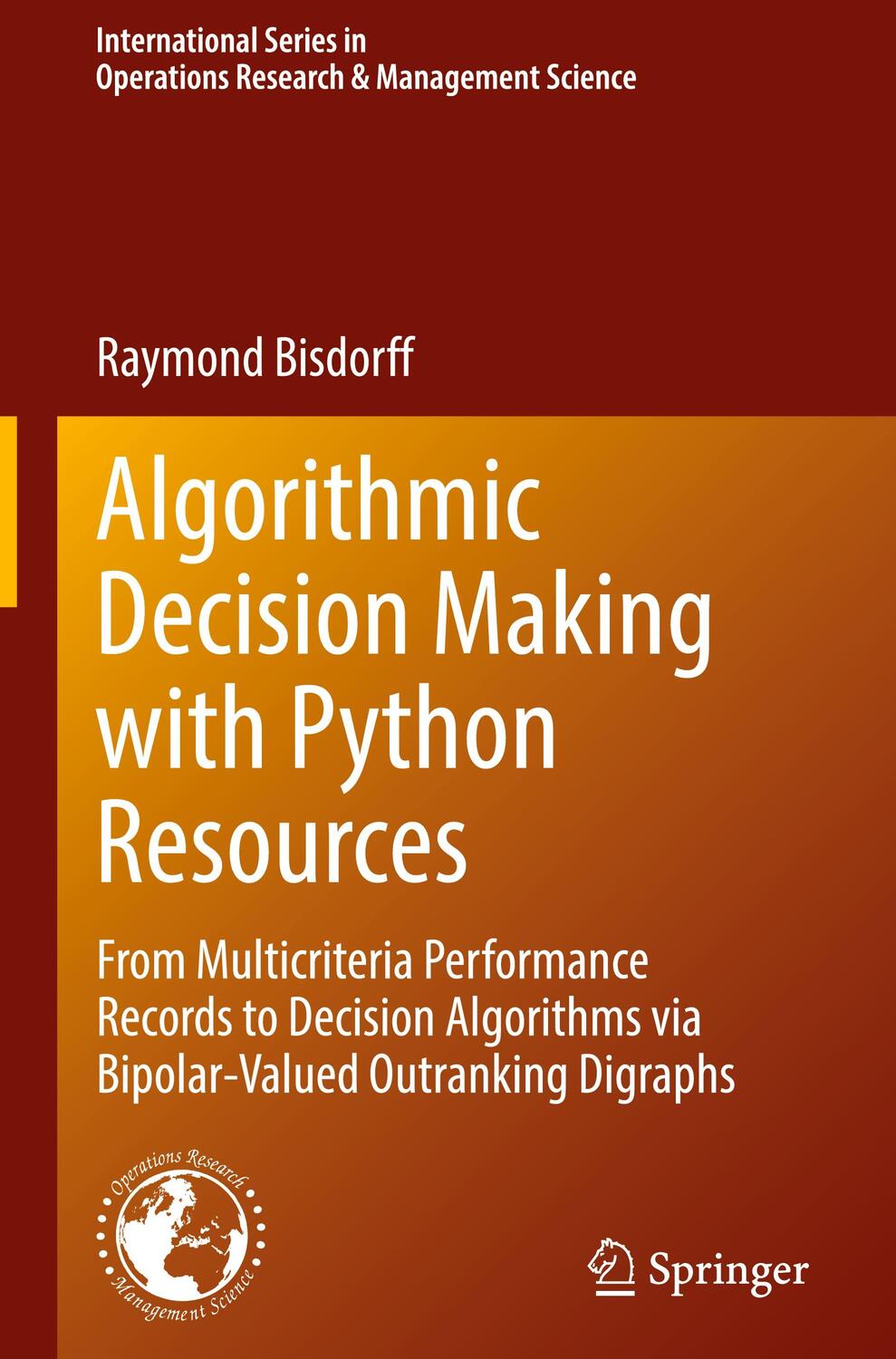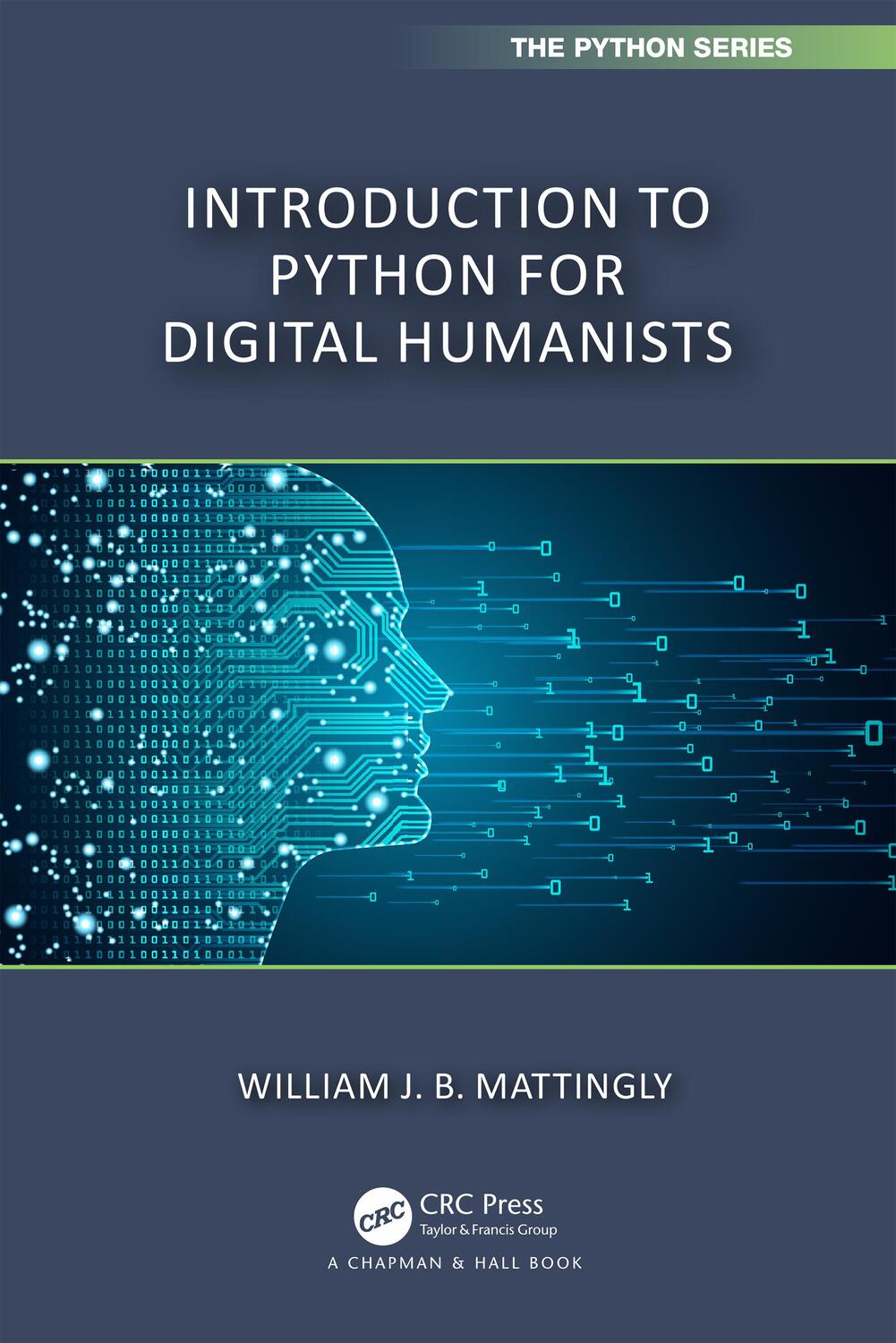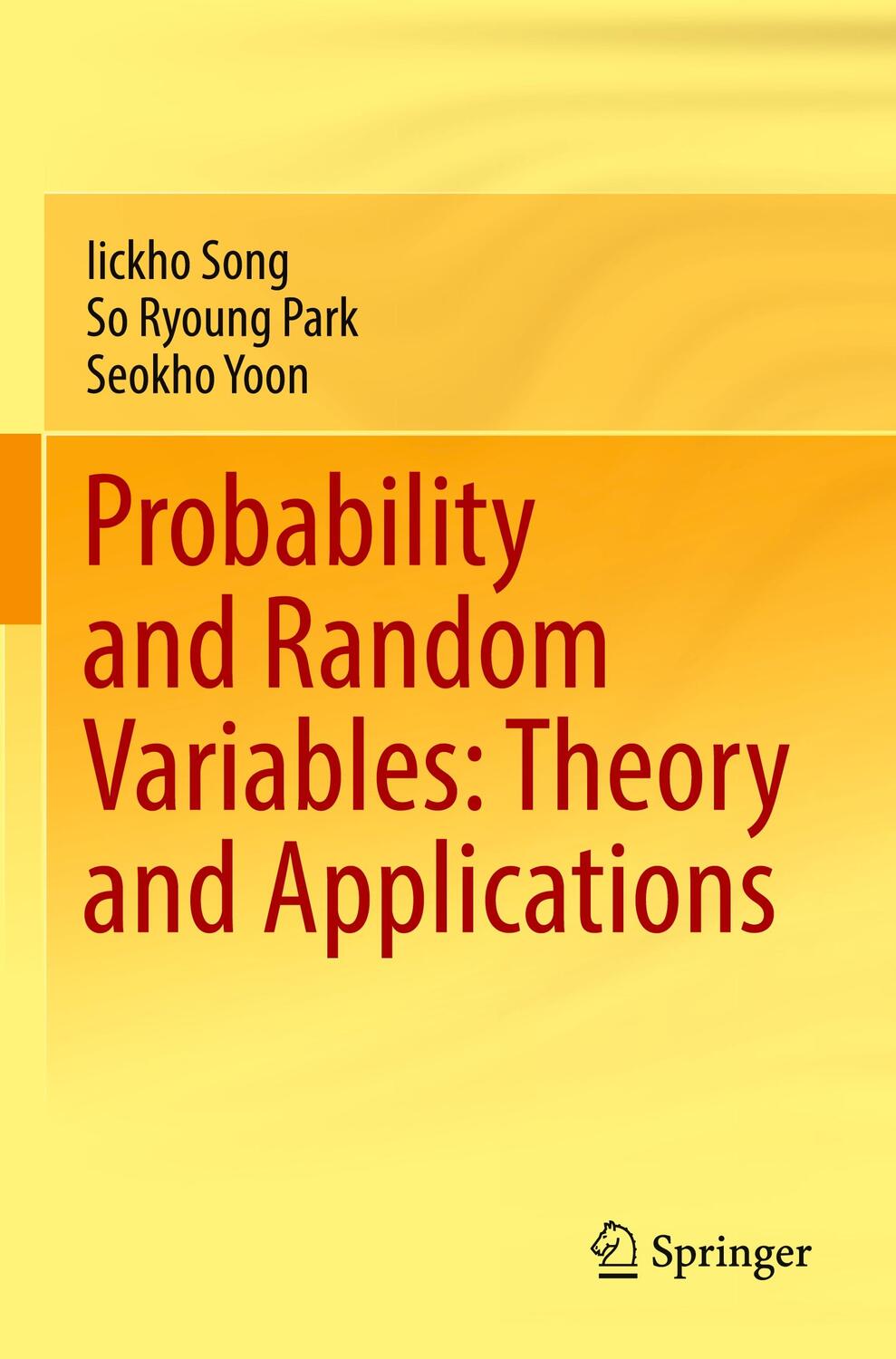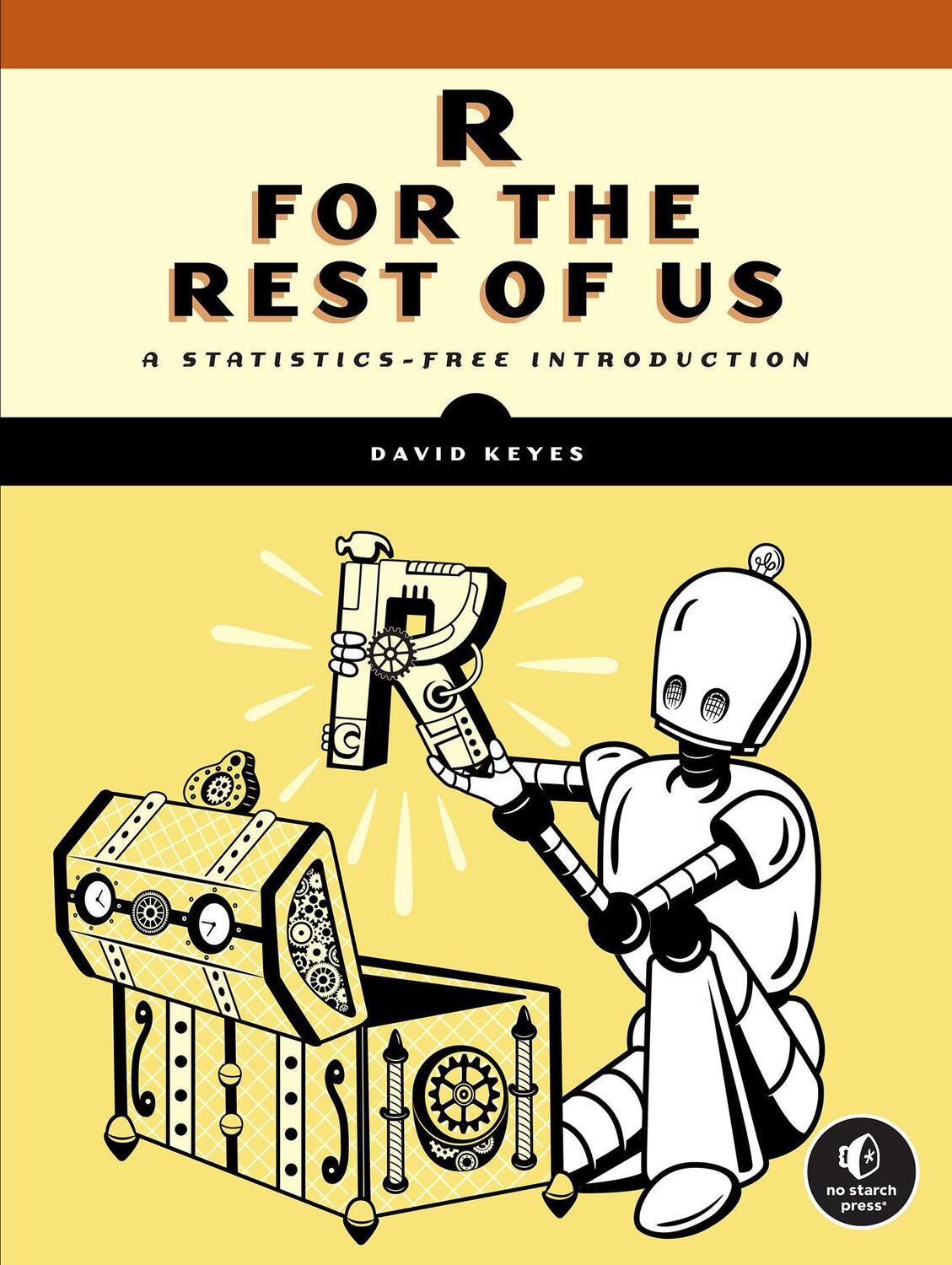37,44 €*
Versandkostenfrei per Post / DHL
Aktuell nicht verfügbar
Be familiar with practical applications of machine learning and deep learning in econometrics
Understand theoretical framework and hypothesis development, and techniques for selecting appropriate models
Develop, test, validate, and improve key supervised (i.e., regression and classification) and unsupervised (i.e., dimension reduction and cluster analysis) machine learning models, alongside neural networks, Markov, and SEM models
Represent and interpret data and models
Be familiar with practical applications of machine learning and deep learning in econometrics
Understand theoretical framework and hypothesis development, and techniques for selecting appropriate models
Develop, test, validate, and improve key supervised (i.e., regression and classification) and unsupervised (i.e., dimension reduction and cluster analysis) machine learning models, alongside neural networks, Markov, and SEM models
Represent and interpret data and models
Simplifies the economic research process from data acquisition to model development and performance evaluation
Introduces the use of mediating variables and ways of creating models that study multiple response variables
Combines traditional methods and covers artificial neural networks and structural equation modeling
| Erscheinungsjahr: | 2021 |
|---|---|
| Genre: | Informatik |
| Rubrik: | Naturwissenschaften & Technik |
| Medium: | Taschenbuch |
| Seiten: | 248 |
| Inhalt: |
xviii
228 S. 107 s/w Illustr. 228 p. 107 illus. |
| ISBN-13: | 9781484274330 |
| ISBN-10: | 1484274334 |
| Sprache: | Englisch |
| Ausstattung / Beilage: | Paperback |
| Einband: | Kartoniert / Broschiert |
| Autor: | Nokeri, Tshepo Chris |
| Auflage: | 1st ed. |
| Hersteller: | APRESS |
| Maße: | 254 x 178 x 14 mm |
| Von/Mit: | Tshepo Chris Nokeri |
| Erscheinungsdatum: | 27.10.2021 |
| Gewicht: | 0,474 kg |
Simplifies the economic research process from data acquisition to model development and performance evaluation
Introduces the use of mediating variables and ways of creating models that study multiple response variables
Combines traditional methods and covers artificial neural networks and structural equation modeling
| Erscheinungsjahr: | 2021 |
|---|---|
| Genre: | Informatik |
| Rubrik: | Naturwissenschaften & Technik |
| Medium: | Taschenbuch |
| Seiten: | 248 |
| Inhalt: |
xviii
228 S. 107 s/w Illustr. 228 p. 107 illus. |
| ISBN-13: | 9781484274330 |
| ISBN-10: | 1484274334 |
| Sprache: | Englisch |
| Ausstattung / Beilage: | Paperback |
| Einband: | Kartoniert / Broschiert |
| Autor: | Nokeri, Tshepo Chris |
| Auflage: | 1st ed. |
| Hersteller: | APRESS |
| Maße: | 254 x 178 x 14 mm |
| Von/Mit: | Tshepo Chris Nokeri |
| Erscheinungsdatum: | 27.10.2021 |
| Gewicht: | 0,474 kg |

